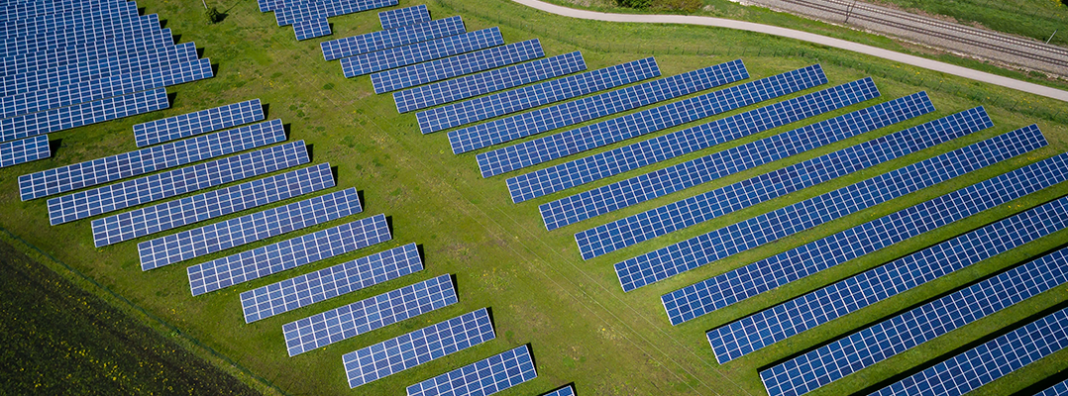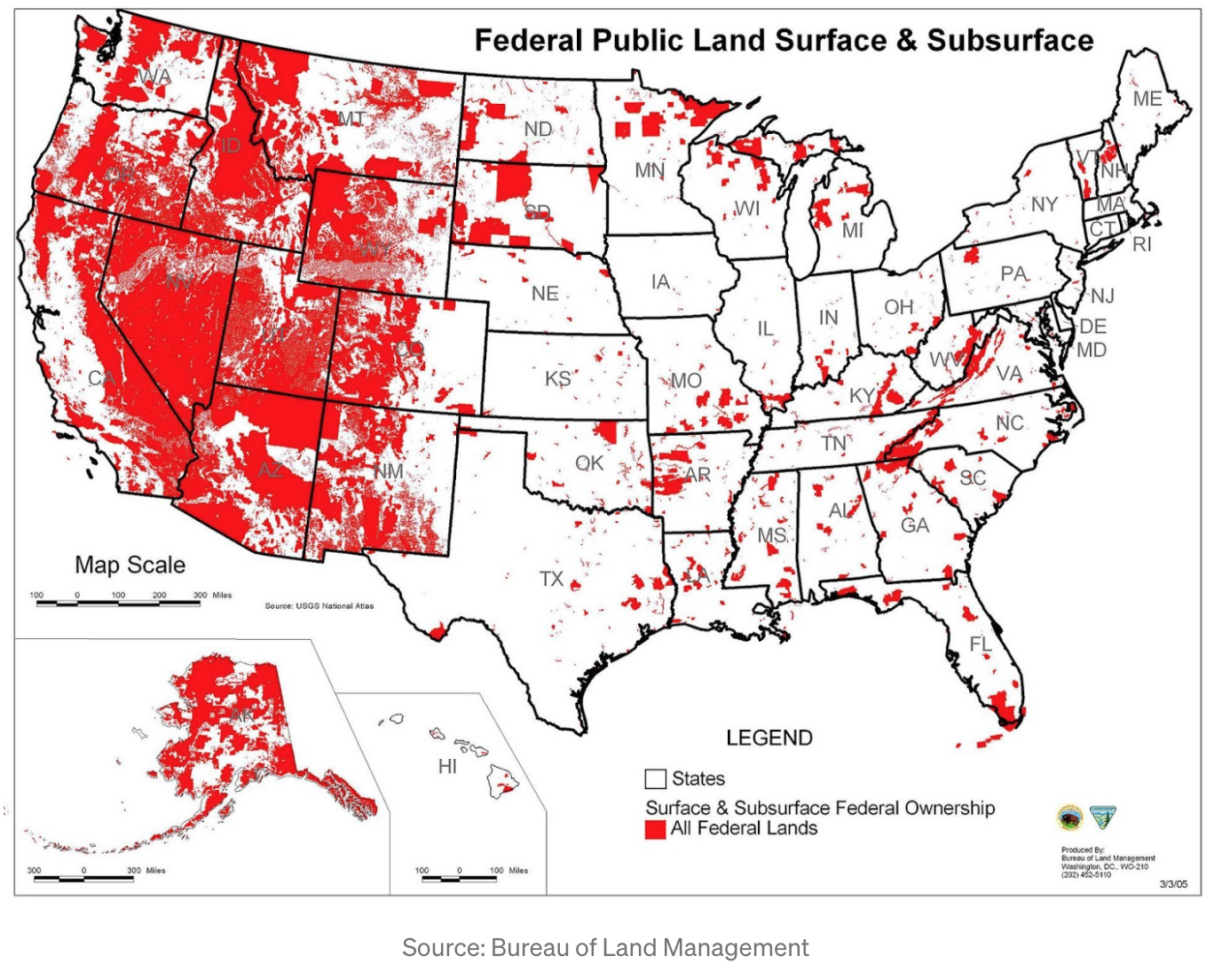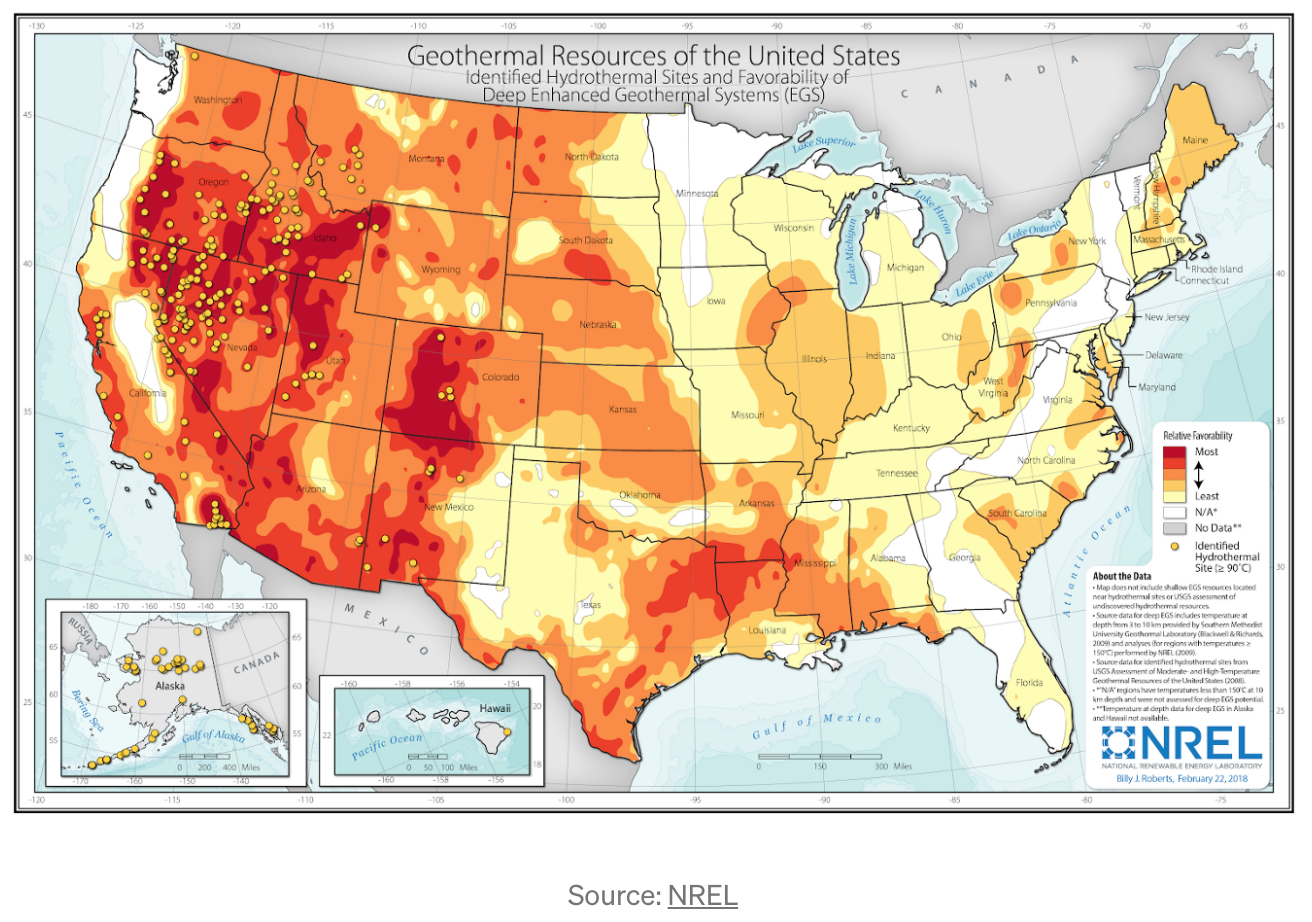
Coauthored by Mitch Lott—CGO undergraduate research fellow
One of President Biden’s first actions in office was halting new leases for oil and gas production on federal land and waters. The moratorium will remain in effect until the Department of the Interior completes a review of the environmental impacts of oil and gas production on federal land — especially on climate change.
Pausing (and potentially permanently halting) new oil and gas development on federal lands is one piece of Biden’s ambitious plan to improve the environment. But shutting down energy production on federal lands also creates a new set of barriers to effectively managing and protecting the environmental health of our federal lands. It is incredibly expensive to maintain and manage all of the vast federal estate. And much of the funding used to pay for that management comes from energy leases.
In 2020 alone, $980 million in energy leasing revenue was dedicated to funding the Land and Water Conservation Fund, the largest environmental protection program for federal lands. These programs range from repairing crumbling infrastructure in our national parks to conserving important habitat for endangered species. Now that new federal energy leases have effectively been terminated for the foreseeable future, so has the income source for many of these programs. In short, Biden’s pause on new oil and gas leases puts conservation and maintenance funding at risk.
With small tweaks to current law, we can restore conservation and maintenance revenue for federal lands while increasing production of renewable energy. New geothermal technologies can produce clean, reliable energy from the heat beneath the Earth’s crust. But in order to take advantage of this amazing opportunity, we’ll need a new categorical exclusion under the National Environmental Policy Act (NEPA), which otherwise makes it difficult to get new geothermal sites off the ground. To ensure funding is available for conservation, we can then establish a fund to dedicate a certain percentage of geothermal lease revenues to conservation — just as we do today with oil and gas.
The federal government owns a lot of land and a lot of energy
The federal government owns about 640 million acres of land in the U.S. — 28 percent of our total land area. As the map below shows, that land is primarily concentrated in the western U.S.
The vast federal estate is managed by different federal agencies, each with a different mission. The Fish and Wildlife Service manages about 89 million acres mainly to protect animals and plants. The National Park Service manages about 80 million acres for the purpose of conservation as well as public uses such as recreation. By far the largest chunk of federal lands is managed by the Bureau of Land Management and the Forest Service (about 437 million acres collectively). These two agencies follow a multiple-use mandate that requires them to balance the many uses of an area (conservation, grazing, recreation, and natural resource development, among others) according to the best interest of current and future generations. Much of our energy production occurs on lands in this last category.
Geothermal energy potential on federal lands is almost limitless
While fossil fuels have long been the cheapest and most accessible energy source on federal lands, advances in geothermal energy have created a promising route for generating renewable energy. Geothermal relies on the natural heat created by the Earth to generate electricity. Geothermal accounted for just 0.4% of our electricity production in 2019. But new developments in advanced geothermal have made it possible to scale geothermal energy production beyond hotspots in the Earth’s crust.
The United States has vast geothermal potential that could be harnessed to produce renewable and low-emission energy. The Department of Energy estimates that the United States could reach 60 GW of geothermal electrical production capacity by 2050 (a 26-fold increase from today), accounting for 8.5% of electricity production in the United States if the investment is made into improved exploration and infrastructure.
But the DOE numbers, which focus on so-called enhanced geothermal, may significantly underestimate the true energy potential, especially if we are able to leverage the power of advanced geothermal. Traditional geothermal relies on specific geological conditions only present near volcanic activity. Advanced geothermal drilling techniques manipulate the subsurface geology to allow for energy production almost anywhere. This developing technology relies on a closed loop system that pumps water into the ground, which is then heated by the earth. That heat is then returned to the surface and used to generate electricity.
The heat generated naturally by the Earth may hold the key to powering human society on a sustainable basis virtually forever. The molten core of our planet is as hot as the surface of the sun. The heat that travels toward the surface is constantly renewed as radioactive elements naturally decay at a continuous rate of 30 terawatts. That is almost double the rate of all energy consumption by humans. AltaRock Energy estimates that tapping into just 0.1 percent of the Earth’s heat would provide enough energy to power humanity for 2 million years.
According to CGO scholar Eli Dourado, advanced geothermal systems could make “zero-emissions baseload energy possible essentially anywhere on the planet, all but solving the power production component of climate change” and could be generated for 1 to 2 cents per kWh.
Advanced geothermal systems also have the benefit of being very similar to existing horizontal drilling techniques in oil and gas. The startup Sage Geosystems was created by a team of oil and gas veterans who are working to leverage modern oilfield expertise to develop “terawatts of clean, secure and baseload energy by 2050.” Scholars have also documented the promising potential of converting abandoned oil and gas rigs to generate advanced geothermal power.
Policy changes are needed to tap into our vast geothermal potential
Despite the huge potential for geothermal energy production, policy barriers stand in the way of its development. The National Environmental Policy Act (NEPA) is a flagship environmental law that creates an (often lengthy) review process for projects on federal lands to ensure environmental impacts are properly considered. NEPA also requires a comprehensive review of the environmental impact of development on federal lands before leases are granted.
CGO scholar Eli Dourado has written about how oil and gas developments that meet certain parameters are categorically excluded from this requirement under Section 390 of the Energy Policy Act of 2005. This policy allowed them to avoid piles of paperwork and significant delays in the review process and unleashed the shale revolution on federal land, facilitating exploratory drilling without years of environmental review. Geothermal faces many of the same challenges as oil and gas but does not currently receive the same preferential treatment. Under NEPA, years of environmental review would have to take place before geothermal entrepreneurs could even test to see if the site was suitable for development.
In order for geothermal to become a viable option on federal lands, the same exemptions given to oil and gas should be extended to geothermal. The environmental impact of drilling a geothermal well is similar to that of oil and gas, the only difference being the objective of finding heat rather than hydrocarbons. There is also potential to develop geothermal energy from existing oil and gas infrastructure in many cases. Providing a similar Section 390 exemption for advanced geothermal would allow us to develop our vast geothermal resources on federal lands to move toward a more renewable energy portfolio.
The energy on federal lands helps fund from conservation and recreation
Shutting down oil and gas production on federal lands would also mean no more government revenue from new energy leases. That would place an enormous burden on the conservation and maintenance of federal lands already strained by an aging infrastructure and high visitation. The total required maintenance backlog on public lands in 2019 was $19 billion, and most of that was held by the National Park Service. Much of the infrastructure in national parks, such as roads, bridges, and toilets, has gone decades without renovation. As the number of visitors to national parks continues to increase, long lines and even overflowing toilets have resulted. High visitation only adds to the urgency of the maintenance backlog, with no sign of slowing down.
Revenue from oil and gas development provides important funding for conservation of federal lands. The Land and Water Conservation Fund allocates up to $900 million per year in oil and gas revenues to conservation projects. But for most years of its existence, the full amount has not been allocated. Under the Great American Outdoors Act signed into law 6 months ago, the LWCF now receives full funding each year. The Act also sets aside up to $1.9 billion of energy lease revenue to the National Parks and Public Land Legacy Restoration Fund, created to help alleviate the maintenance backlog. If oil and gas revenue falls, then these funds will no longer be available for conservation and maintenance projects on federal lands.
Scholar Tate Watkins of the Property and Environment Research Center has suggested a user-based payment system as one alternative for funding conservation projects on federal lands. This “pay-to-play” model would require those who use federal lands to help pay for more of the cost of funding their upkeep. Generating funding from the people who use the land rather than energy leases would reduce funding volatility, especially considering the uncertain future of energy leases.
Another option would be to create a new Land and Water Conservation Fund-style policy directing geothermal energy revenues to conservation. If we are able to develop our vast geothermal resources on federal lands, we will reap enormous benefits in terms of affordable, reliable, and emission-free energy. We could also establish a reliable source of funding for conservation and maintenance of federal lands by setting aside a certain percentage of geothermal lease revenues for that purpose. This would ensure that energy development on federal lands is continuing to fund those lands’ maintenance and care. Even better, that funding would come from emission-free renewable energy rather than from oil and gas development.
A cleaner energy future for our federal lands
Federal lands are home to vast energy resources that we rely on to power our economy and to fund conservation and recreation projects. Looking to the future, we will need to find a more reliable solution for conservation and recreation funding while moving towards a renewable, environmentally friendly source of energy. Taking advantage of our vast geothermal resources on federal lands would allow us to develop massive amounts of emission-free renewable energy. Some portion of lease revenues from geothermal production could then be dedicated to funding maintenance and conservation of our federal lands, just as we do today with oil and gas.
Being creative and innovative in our policy approach will ensure that energy production on federal lands helps us work toward a brighter future for both our economy and our environment. But it won’t happen on its own.




